Go Lawn Free: Plant a Prairie Garden
Updated: Dec. 22, 2023
A no-mow landscape gives you way more time to kick back and relax in your backyard. Plant a prairie garden instead of grass.
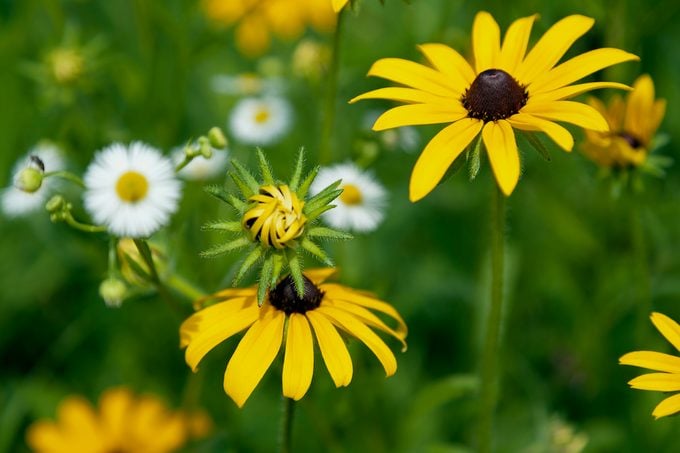
From planting a native prairie garden to creating a new outdoor living space with native trees and shrubs, there are countless ways to fill up your green real estate. And while these ideas are sure to minimize upkeep, they’re eco-friendly, too. So say goodbye to that lawn service and its expensive chemical applications. Here’s how to send your mower into early retirement.
How to Plant a Prairie Garden
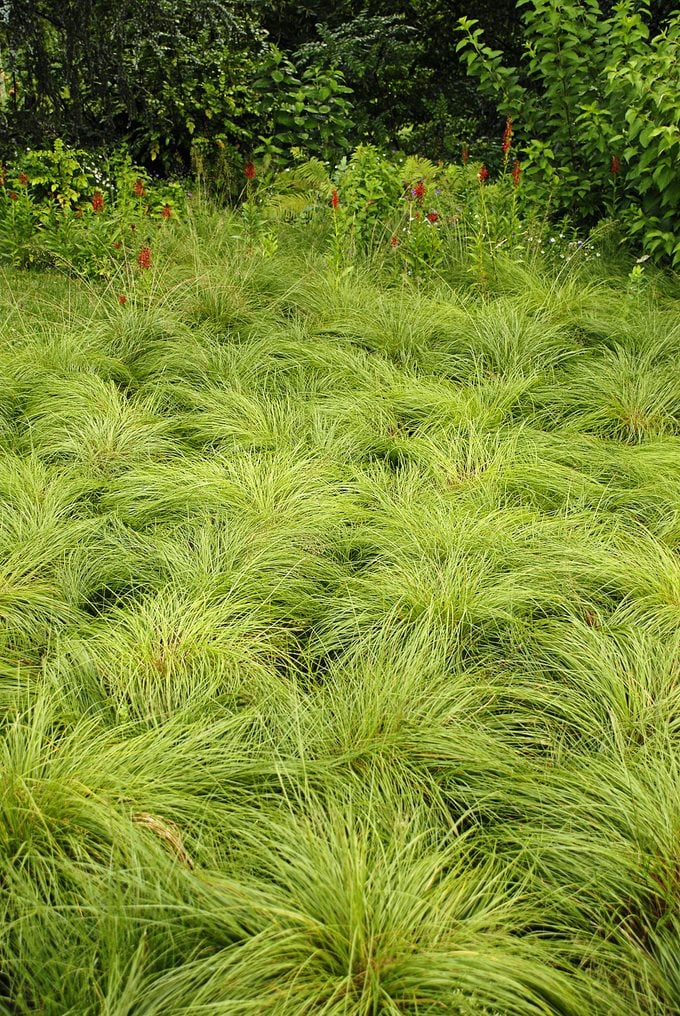
Channel your inner Laura Ingalls Wilder with native wildflowers and grasses, a trend with gardeners looking to conserve natural resources. “A native prairie restoration is a great way to reduce both your lawn area and future maintenance,” says Paul Mattingly, a landscape architect at Treetops Landscape Design Inc. “A good prairie garden mix will have a variety of native wildflowers and prairie grasses.
Prairie garden plants have extremely deep root systems once established, so they don’t require irrigation other than that which nature provides. Their extensive root systems also make them excellent plants for erosion control.”
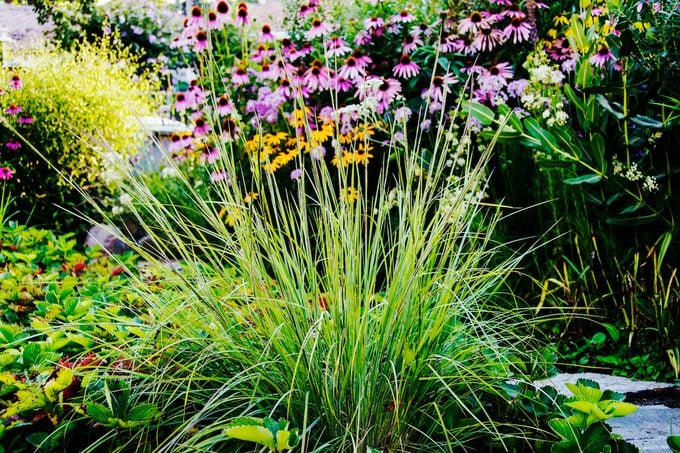
Prairie landscapes are a big hit with a lot of backyard wildlife, too. Many types of birds, butterflies, bees and other creatures prefer this abundant natural environment, as it provides plenty of food, shelter, nesting material and plants for pollination.
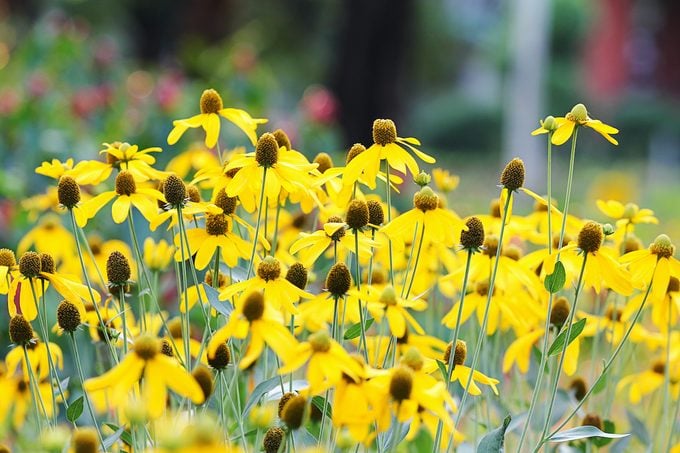
It’s important to know that prairie gardens do require some maintenance. “Once established, a prairie needs to be mowed or burned once per year, as opposed to weekly mowing for a manicured lawn,” Paul says.
Here are a few more tips from the University of Minnesota extension to keep in mind before you take the prairie plunge.
Choose Open Spaces
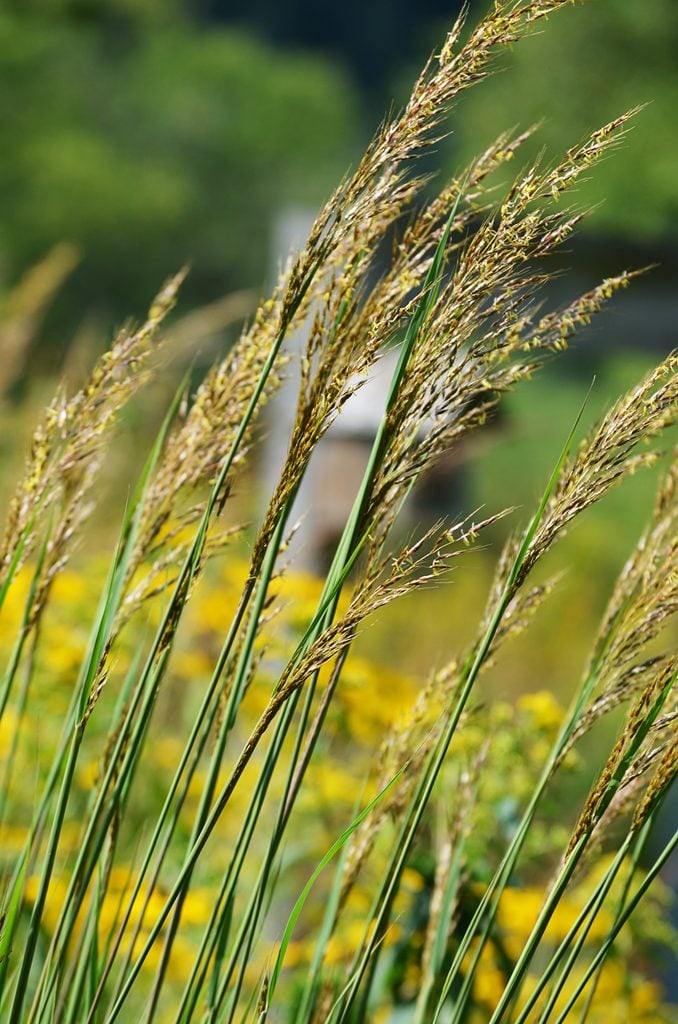
Prairie plants grow best in full sun and wide-open areas. When selecting a site, look for areas with maximum sun exposure and minimal root competition from trees.
Grow native butterfly weed for monarchs.
Check Your Drainage
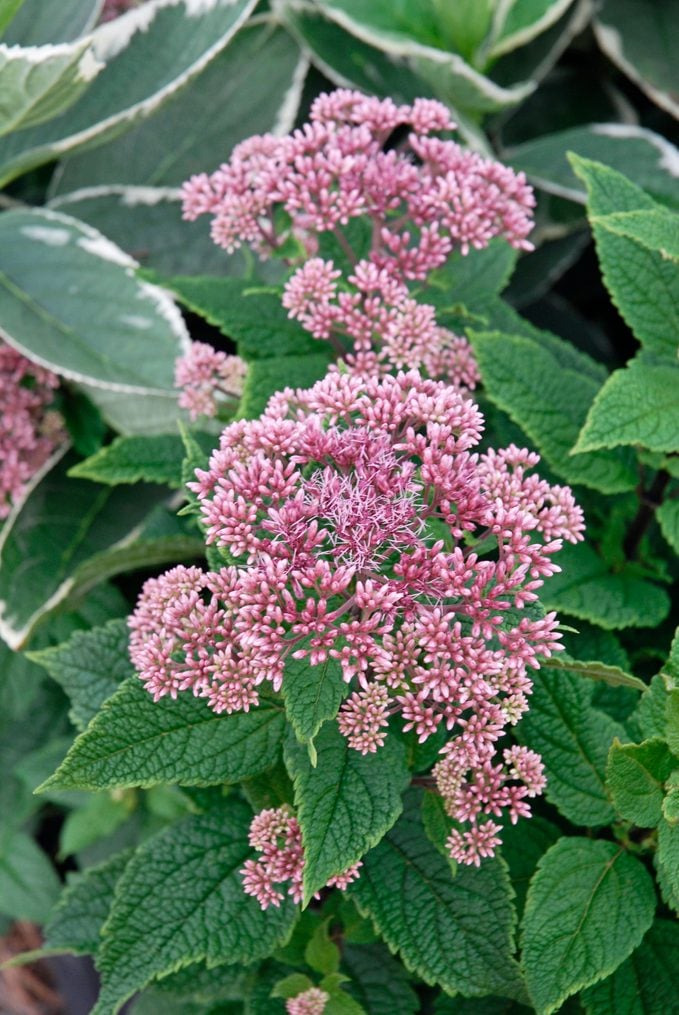
Standing water or water that doesn’t drain from a 1-inch-deep hole within 24 hours is an indicator of wet and poorly draining soil. If that’s your situation, chances are prairie plants won’t be happy there.
Prairie coneflower thrives in hot, sunny spots.
Do Your Due Diligence
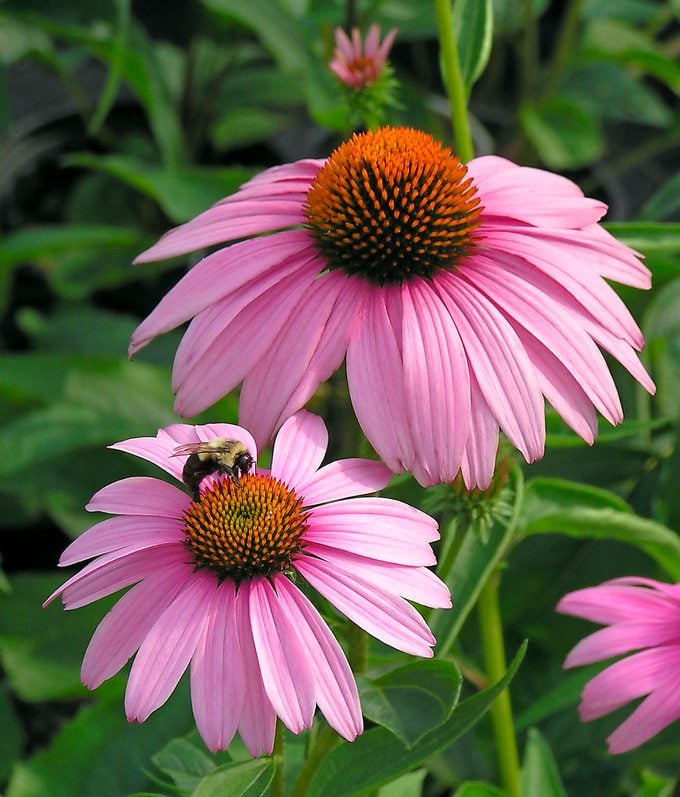
Determine if your city has weed ordinances. These rules were originally designed to keep yards attractive and control the spread of noxious weeds by ensuring that lawns are cut to a certain height, but they can also restrict prairies.
Spread Seeds
For seeds, use an 8-ounce cup of seed per square meter. Spread native grass seeds first, lightly raking the seed into the soil. Then scatter the wildflower seeds but do not rake them in. Scattering seeds just before it snows protects them from hungry birds. Some prairie seeds need to overwinter in the cold before they can germinate.
Show You Care
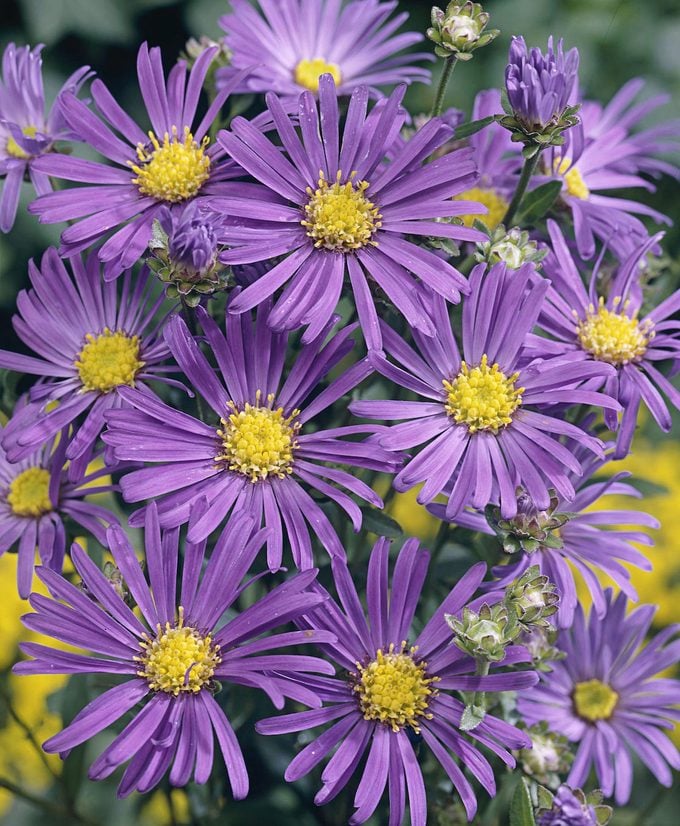
Consider using elements like mowed edges, signs, birdhouses and edging fences near your prairie to demonstrate that the area is maintained and meant to be there.
Top Plant Picks for Prairie Gardens
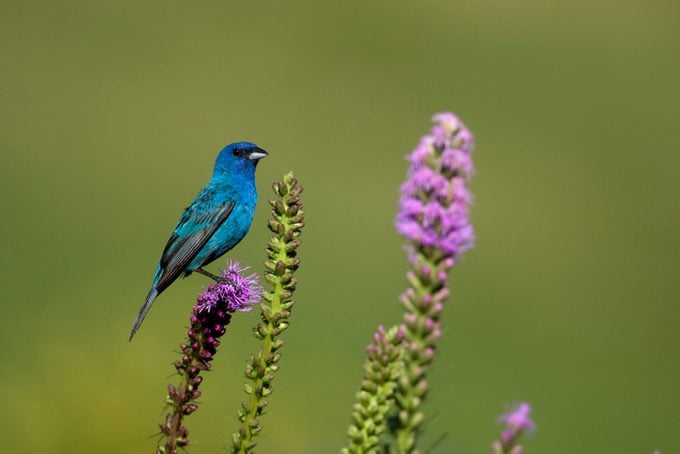
They’re low-maintenance, attractive and a welcome sight to wildlife. These flowering plants and grasses can grow up to 4 feet tall!
- Little bluestem, ornamental grass
- Black-eyed Susan, perennial
- New England aster, perennial
- Prairie dropseed, ornamental grass
- Culver’s root, perennial
- Purple coneflower, perennial
- Indian grass, ornamental grass
- Joe Pye weed, perennial
- Cardinal flower, perennial
- Milkweed, perennial
- Wild bergamot or bee balm, perennial
- Gray-headed coneflower, perennial
- Blazing star, perennial
Add Native Trees and Shrubs
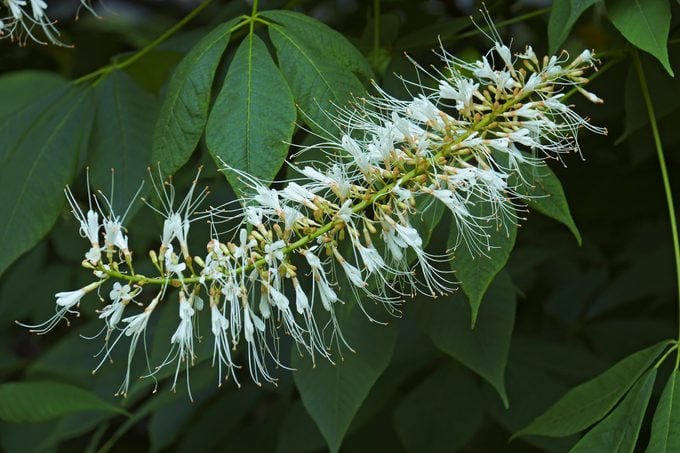
“If you are interested in a more effortless way to reduce your lawn area, designate a ‘no mow’ area,” Paul says. “Plant pockets of native trees and shrubs, and depending on the size of the area, mow paths and put benches in place so you can interact with the new outdoor space.” Some of Paul’s favorite woody specimens include bur oak, musclewood, swamp white oak, serviceberry, red twig dogwood, pagoda dogwood, bottlebrush buckeye, hazelnut and witch hazel.




















